

Articles
How To Store A Car Outside
Modified: January 5, 2024
Discover effective tips and techniques on how to properly store your car outdoors in this informative articles. Keep your vehicle protected and maintained all year round.
(Many of the links in this article redirect to a specific reviewed product. Your purchase of these products through affiliate links helps to generate commission for Storables.com, at no extra cost. Learn more)
Introduction
Storing a car outside can be a viable option, whether you’re going on a long vacation, relocating to a new place, or simply looking for a safe place to keep your vehicle. However, it’s essential to take proper precautions to ensure that your car remains in good condition while it’s exposed to the elements.
Choosing the right location, preparing the car for outdoor storage, covering and protecting the vehicle, and regular maintenance are all crucial steps in preserving your car’s value and functionality. In this article, we’ll delve into the details of each of these steps to help you store your car outside with confidence.
Key Takeaways:
- Choose a sheltered, secure, and accessible location for outdoor car storage to minimize damage from the elements and ensure easy maintenance.
- Thoroughly clean, prepare, cover, and protect your car for outdoor storage, and maintain regular check-ups to preserve its condition and functionality.
Read more: How To Store A Car Outside Long Term
Choosing the Right Location
When it comes to storing your car outside, selecting the right location is of utmost importance. Here are a few factors to consider:
- Sheltered vs. Unsheltered: If possible, choose a sheltered area such as a covered carport, garage, or car storage facility. These options provide added protection from the elements, reducing the exposure to sun, rain, and hail. If you don’t have access to a sheltered area, look for a location that offers some natural protection, like under a tree or against a building.
- Security: Opt for a location that is secure and minimizes the risk of theft or vandalism. Look for areas with good lighting, surveillance cameras, and a gated entrance, if possible. Additionally, consider the neighborhood’s safety record and whether there have been any recent incidents of car break-ins.
- Drainage: Select a location with proper drainage to prevent water pooling and potential damage to the car. Avoid areas prone to flooding, as the standing water can cause rust and other issues.
- Away from hazards: Keep your car away from potential hazards such as overhanging branches, construction sites, or areas with high foot traffic. These hazards can lead to scratches, dents, or accidental damage.
- Accessibility: Consider how easily accessible the location is for regular visits and maintenance. You’ll want a space where you can easily check on your vehicle and start it periodically if needed.
Remember, the location you choose will play a significant role in the overall condition of your car during storage, so take your time to evaluate and select the best option available to you.
Cleaning and Preparing the Car for Outdoor Storage
Before you store your car outside, it’s important to give it a thorough cleaning and prepare it properly. Here’s a step-by-step guide to get your vehicle ready for outdoor storage:
- Wash and wax: Start by washing your car thoroughly to remove any dirt, grime, and debris. This helps prevent corrosion and keeps the paint in good condition. After washing, apply a protective coat of wax to further shield the paint from the elements.
- Interior cleaning: Clean the interior of your car, removing any trash, food crumbs, and personal belongings. Vacuum the carpets and seats, and wipe down all surfaces with a mild cleaner. This helps prevent pests and keeps the interior fresh.
- Fluids check: Check all the fluid levels in your car, including oil, coolant, brake fluid, and windshield wiper fluid. Top them up if necessary to ensure optimal performance and prevent any issues during storage.
- Tire care: Inflate the tires to the recommended pressure to prevent flat spots from forming. You can also consider placing the car on jack stands to take the weight off the tires and prolong their lifespan.
- Fuel and battery: Fill up the fuel tank to prevent condensation and add a fuel stabilizer to keep the fuel fresh. Additionally, disconnect the battery or use a battery trickle charger to maintain its charge during storage.
- Protective cover: Finally, invest in a high-quality car cover that offers protection against UV rays, rain, and dust. Make sure the cover fits properly and securely to prevent any moisture buildup.
By following these steps, you can ensure that your car is clean, protected, and ready for outdoor storage. Taking the time to prepare your vehicle properly will go a long way in preserving its condition and preventing any potential damage.
Covering and Protecting the Car
Once you’ve prepared your car for outdoor storage, it’s important to cover and protect it properly to shield it from the elements. Here are some key steps to follow:
- Choose the right cover: Invest in a high-quality, breathable car cover that is specifically designed for outdoor use. Look for covers that offer UV protection, waterproofing, and the ability to resist mildew and mold.
- Clean and dry: Before covering your car, ensure that it is clean and dry to prevent any dirt or moisture from getting trapped under the cover. This helps prevent scratches and potential damage to the paintwork.
- Secure the cover: Make sure the cover is securely fastened to your car. Many covers have elasticized hems or straps to keep them in place, especially during windy conditions. Double-check that the cover is properly fitted and snug.
- Consider additional protection: If you live in an area with harsh weather conditions, you may want to consider additional protection such as car tents or portable garages. These provide an extra layer of defense against rain, snow, or extreme sun exposure.
- Regularly ventilate: It’s important to periodically remove the car cover and ventilate the vehicle to prevent any moisture buildup. This can be done by removing the cover for a short period of time or by using moisture-absorbing products inside the car.
By taking the necessary steps to cover and protect your car, you can minimize the risk of damage from sun exposure, rain, dust, and other environmental elements. Keep in mind that regular checks and maintenance will also be essential to ensure the cover remains secure and the car stays in optimal condition throughout the storage period.
To store a car outside, use a car cover to protect it from the elements, park it on a flat surface to prevent tire damage, and consider using a tire chock to prevent rolling. Regularly check the car for any signs of damage or wear.
Maintaining and Checking on the Car Regularly
While your car is in outdoor storage, it’s important to maintain and check on it regularly to ensure its continued well-being. Here are some key maintenance tasks to keep in mind:
- Start the engine: Periodically starting the engine and letting it run for a few minutes helps keep the battery charged and prevents engine components from seizing. Aim to do this every few weeks or follow the manufacturer’s recommendations.
- Check the tires: Regularly inspect the tires for any signs of cracking, flat spots, or low pressure. Inflate the tires if needed and rotate them occasionally to prevent uneven wear.
- Monitor fluid levels: Check the fluid levels, including oil, coolant, and brake fluid, to ensure they are within the optimal range. Top up as needed and address any leaks or abnormalities promptly.
- Inspect for pests: Keep an eye out for any signs of pests or rodents. Look for chewed wires, droppings, or nests. If you notice any issues, take necessary measures to deter pests, such as placing mothballs or using traps.
- Remove cover for inspections: Regularly remove the car cover and inspect the vehicle for any signs of damage, moisture buildup, or mold. Address any issues promptly to prevent further damage.
- Clean the car: Even though it’s covered, it’s still important to periodically clean the exterior of your car to remove any dirt or debris that may have accumulated. Wash and wax the car as needed to maintain its appearance.
By maintaining and checking on your car regularly, you can catch any potential problems early on and address them before they escalate. This proactive approach will help ensure the longevity and reliability of your vehicle while it’s in outdoor storage.
Read more: How To Store A Boat Outside
Additional Tips for Outdoor Car Storage
In addition to the steps mentioned earlier, here are some additional tips to consider for outdoor car storage:
- Use a windshield sunshade: Placing a windshield sunshade can help protect the interior of your car from UV rays and excessive heat. It also prevents the dashboard and other components from fading or cracking.
- Apply wax on vulnerable areas: Pay extra attention to vulnerable areas of your car, such as the hood, roof, and trunk. Apply an extra coat of wax to these areas to provide added protection against the elements.
- Use wheel chocks: To prevent your car from rolling or moving, especially if it’s parked on an inclined surface, consider using wheel chocks. These small wedges placed behind the tires will help keep the vehicle stable.
- Keep a record: Maintain a record of the dates when you perform maintenance tasks, start the engine, and check on the car. This record will help you track your car’s storage history and ensure that you don’t forget any crucial maintenance steps.
- Consider a car cover lock: If you’re concerned about theft or the cover being blown off by strong winds, consider using a car cover lock. These locks prevent unauthorized access and keep the cover secure.
- Be mindful of local regulations: Check your local regulations regarding outdoor car storage, as some areas may have specific rules or restrictions in place. Ensure that you comply with any necessary permits or regulations.
Remember, each car and storage situation may vary, so tailor these tips to fit your specific needs. By incorporating these additional tips into your outdoor car storage routine, you can provide an added layer of protection and peace of mind for your vehicle.
Conclusion
Storing a car outside can be a practical solution when you need to keep your vehicle safe and secure for an extended period. By carefully selecting the right location, properly preparing the car, covering and protecting it, and regularly maintaining and checking on it, you can ensure that your car remains in good condition during outdoor storage.
Choosing a sheltered location, such as a covered carport or garage, is ideal. However, if that’s not available, look for a location with good security measures and proper drainage. Keep your car away from hazards and ensure easy accessibility for regular visits and maintenance.
Prior to outdoor storage, give your car a thorough cleaning, both inside and out. Check the fluid levels, inflate the tires to the right pressure, and consider fuel stabilization and battery maintenance. Finally, invest in a high-quality car cover to protect your vehicle from sun, rain, and dust.
Regular maintenance and check-ups are essential during outdoor storage. Start the engine periodically, check the tire and fluid levels, and inspect for pests. Remove the cover for inspections and make sure to clean the car periodically to maintain its appearance.
Additional tips, such as using a windshield sunshade, applying wax to vulnerable areas, and using wheel chocks, can provide added protection and convenience. Keep a record of maintenance tasks and be aware of any local regulations regarding outdoor car storage.
In conclusion, with proper preparation, maintenance, and protection, you can store your car outside with confidence. By following the guidelines and tips outlined in this article, you can ensure that your vehicle remains in optimal condition and ready for use when you retrieve it from outdoor storage.
Frequently Asked Questions about How To Store A Car Outside
Was this page helpful?
At Storables.com, we guarantee accurate and reliable information. Our content, validated by Expert Board Contributors, is crafted following stringent Editorial Policies. We're committed to providing you with well-researched, expert-backed insights for all your informational needs.
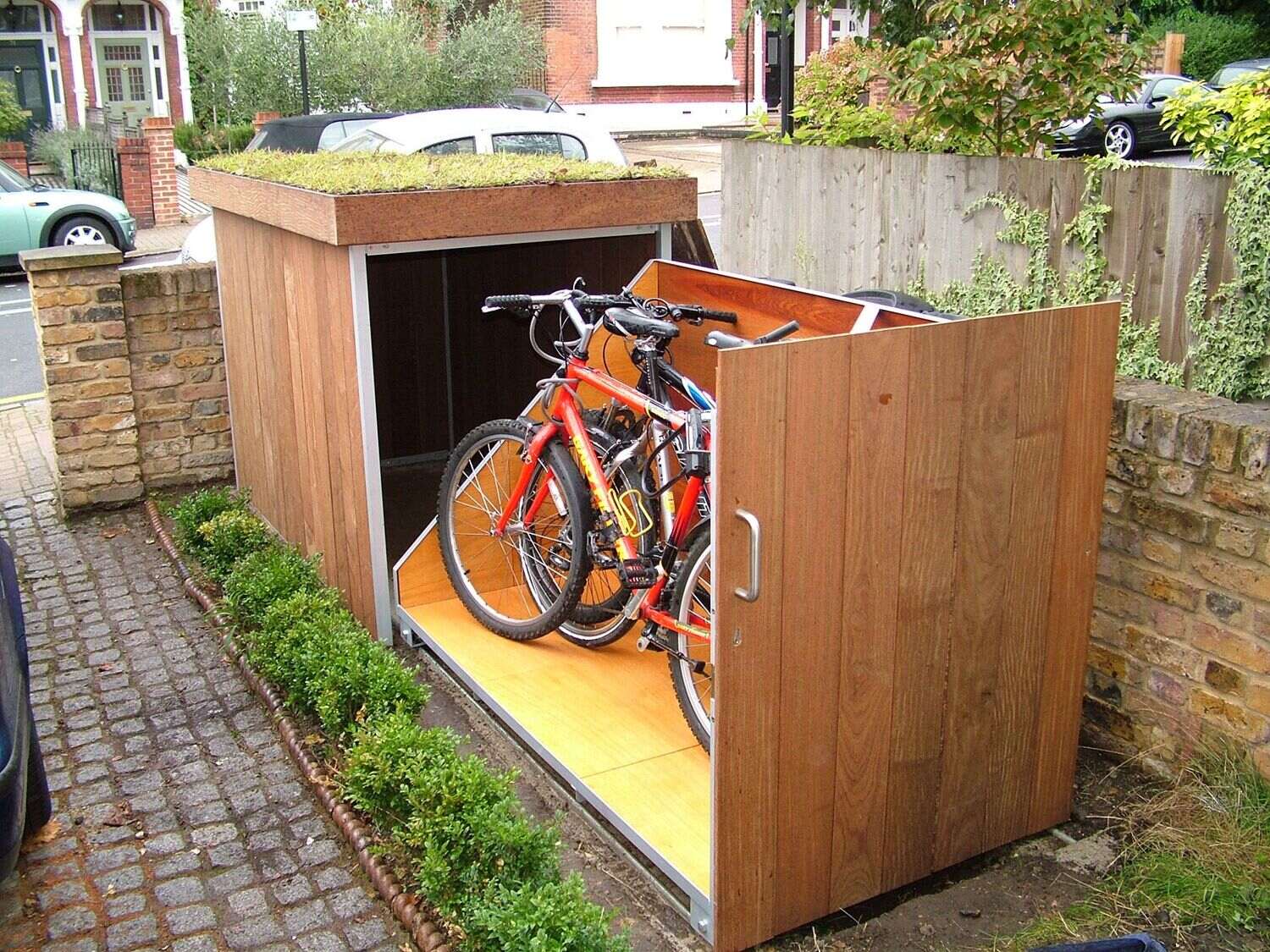

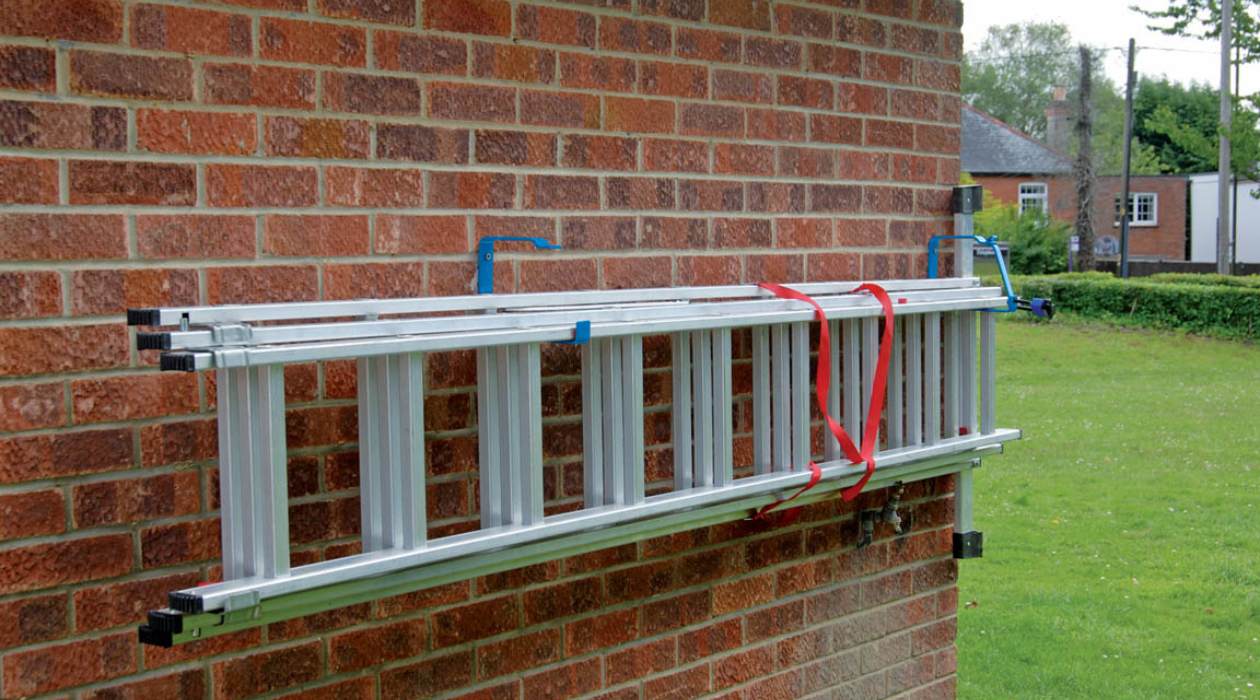

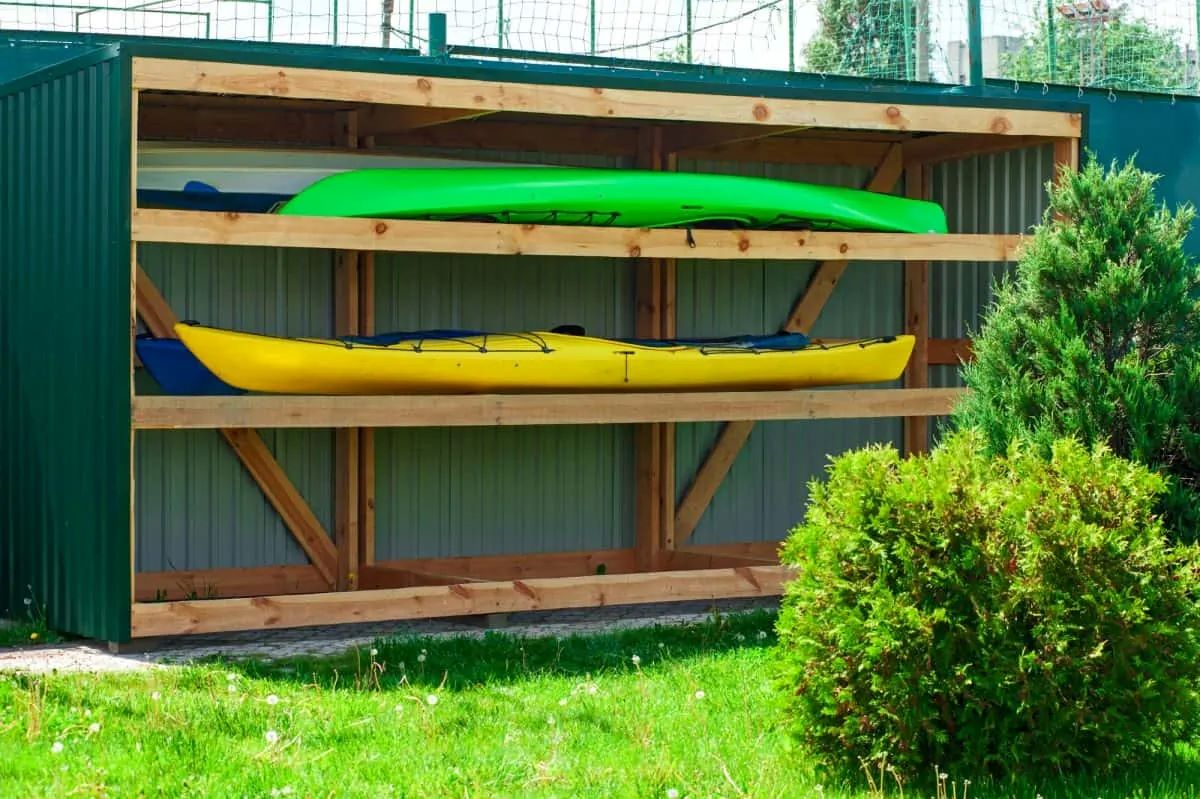


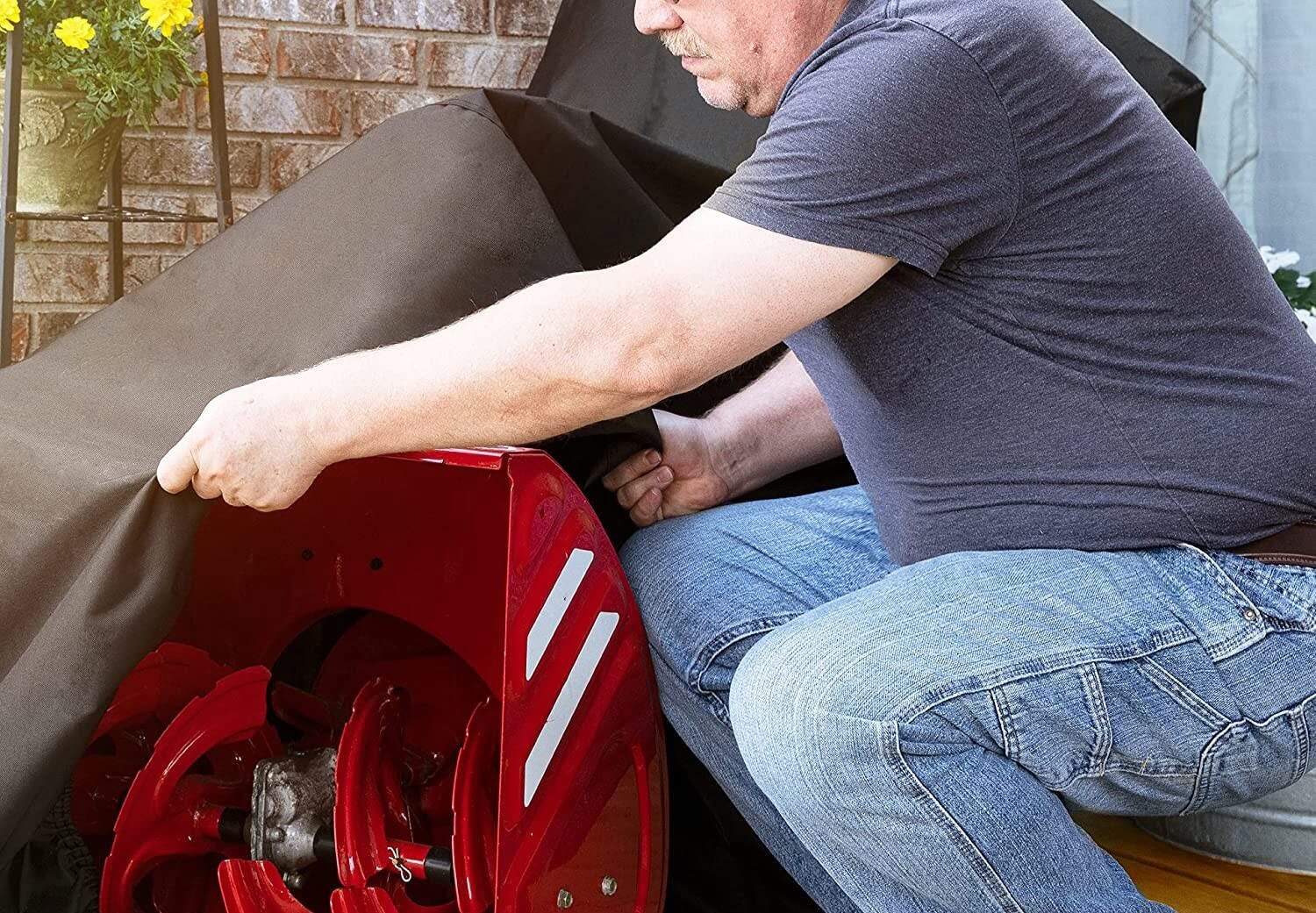

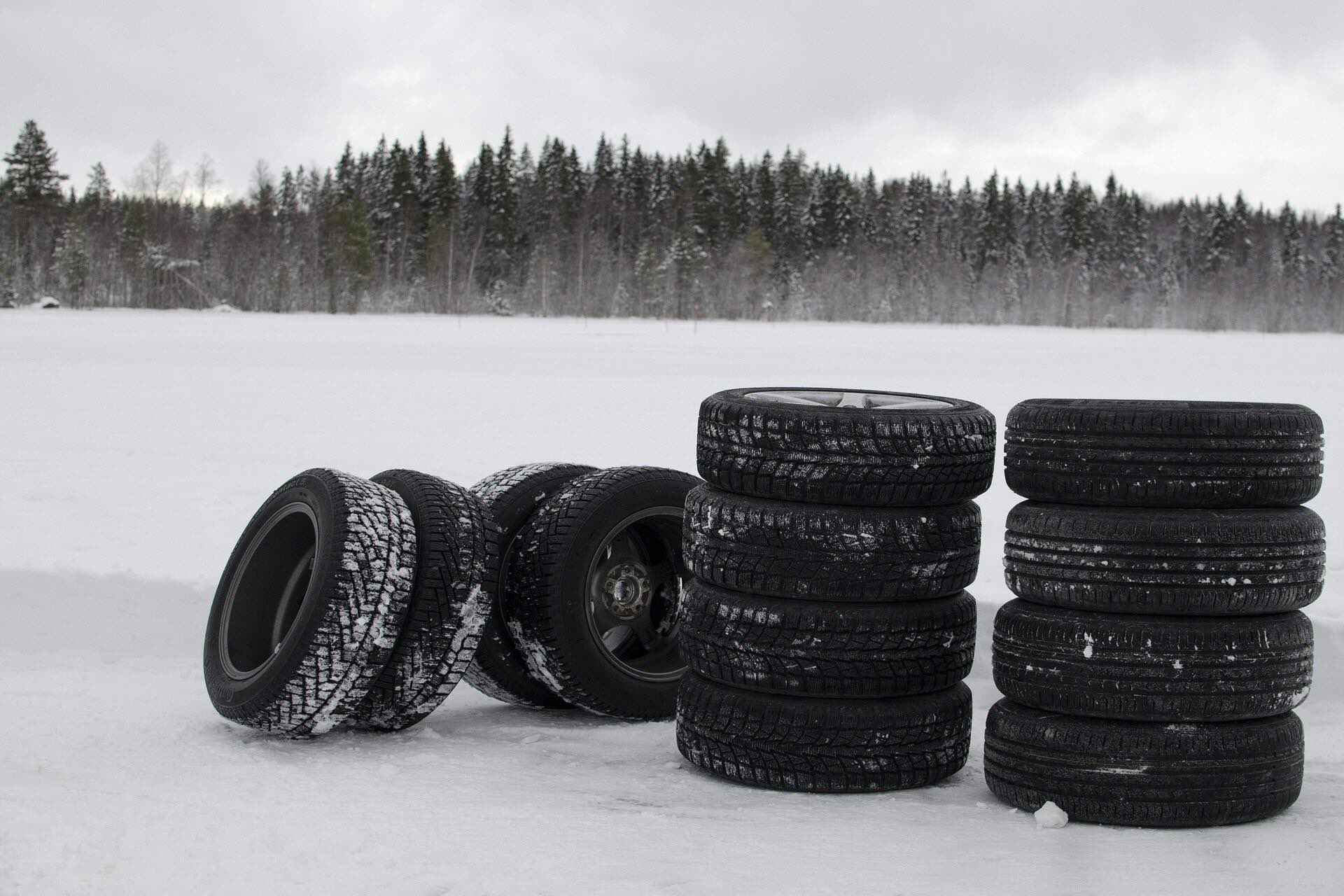


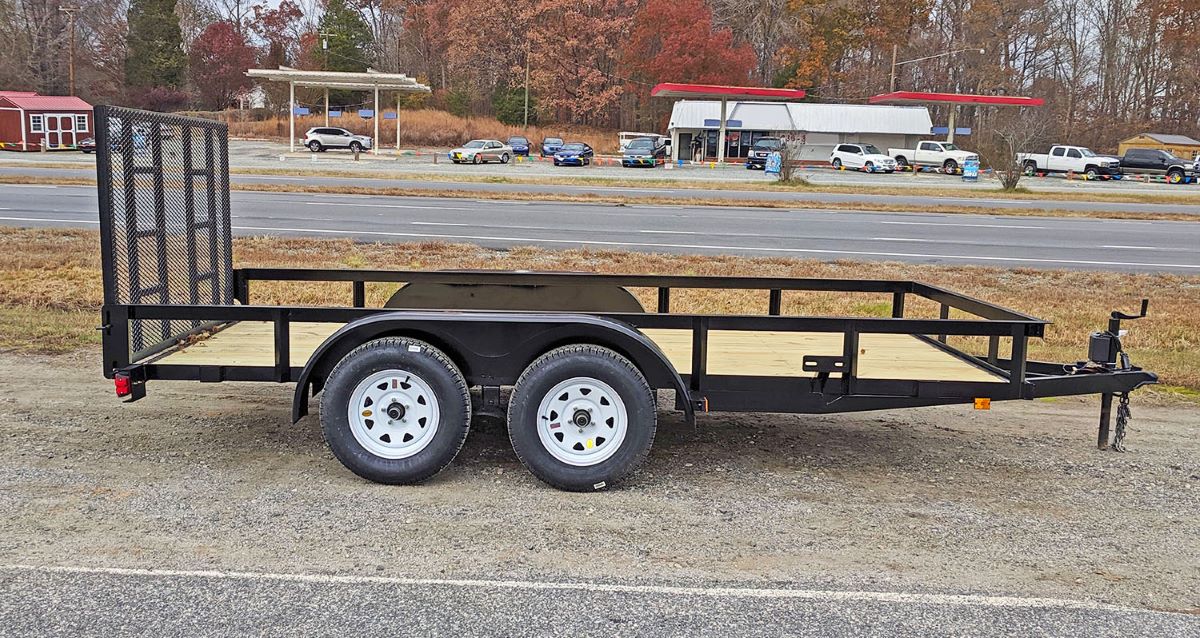


0 thoughts on “How To Store A Car Outside”